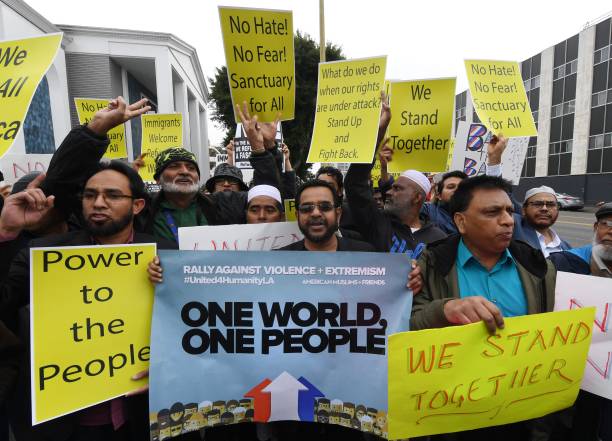In a world where wars stretch on for decades and military budgets keep growing, we’re forced to ask a difficult question: Why does peace always seem out of reach? Well, The hard truth is this — peace isn’t profitable. At least not in the way war is. While peace brings stability, war brings contracts, headlines, political power, and big money. And that imbalance is quietly shaping the way our world operates.
War is no longer just about territory or defense. It’s business. And for some, it’s a very good one.
Defense companies rake in billions with every new contract. Politicians rally support by fueling fear. Global powers fund proxy wars to gain influence without ever stepping onto a battlefield themselves. Every missile fired, every drone deployed, and every airstrike ordered is money flowing somewhere.
In recent years, the military-industrial complex has grown into a global behemoth. The U.S., Russia, China, India — all top spenders on defense — pour hundreds of billions into weapons every year. Companies like Lockheed Martin, Raytheon, and BAE Systems thrive on conflict. The more tension in the world, the better their stock performs.
In this system, war isn’t a failure. It’s a feature.
Who Pays the Price?
While a handful profit from war, millions pay for it — with their lives, homes, families, and futures.
In Gaza, in Ukraine, in Sudan, in Yemen — ordinary people are caught between political games and profit-driven decisions. Schools are turned into rubble. Hospitals are bombed. Families disappear under collapsed buildings. And all while world leaders talk tough from comfortable podiums.
When war becomes routine, we lose our sense of urgency. We stop reacting. Civilian death tolls become just another news ticker. Refugee crises turn into numbers instead of stories. The world looks away because it’s seen too much — and those in power know it.
Why Peace Isn’t Funded Like War
Think about it. What if we invested in peace the way we invest in war?
What if negotiation experts had billion-dollar budgets? What if conflict resolution programs were global industries? What if rebuilding schools, economies, and trust was a more powerful political move than showing off military strength?
The sad truth is, peace doesn’t offer quick returns. It doesn’t generate headlines, arms deals, or fear-based election wins. It’s slow, messy, and often invisible. But that’s exactly why it matters.
There’s no CEO of peace. No big lobbyists for diplomacy. No powerful firms pushing the agenda of “Let’s not fight.” In the world of profit-driven politics, peace doesn’t stand a chance — unless we change the game.
Media, Misinformation, and the Business of War
It’s not just governments and weapons manufacturers. The media plays a major role in keeping conflict alive.
War coverage boosts ratings. Fear sells. Outrage keeps people clicking, watching, and engaging. Nuance and peace? Not so much.
When headlines focus only on retaliation and violence, it becomes easy to forget there’s another path. That somewhere, people on both sides are just trying to survive, not fight. The cycle of anger and fear becomes profitable noise, drowning out voices calling for understanding or solutions.
Social media doesn’t help either. Outrage travels faster than empathy. Everyone becomes an expert. Everyone picks a side. And every opinion becomes a battle.
Can Peace Ever Compete?
Yes — but only if we decide it matters more than profit.
Peace can be profitable in the long run. A peaceful society is more stable. It attracts investment, tourism, growth, and innovation. It allows communities to thrive instead of rebuild. But it requires long-term thinking — something our political and economic systems rarely reward.
What we need is a shift in values. A global rebalancing where peace is seen not as a dream, but as a smart, strategic choice. We need leaders willing to take the harder path. We need media willing to cover complexity. And we need citizens — you and me — willing to question why war is always the first answer.

